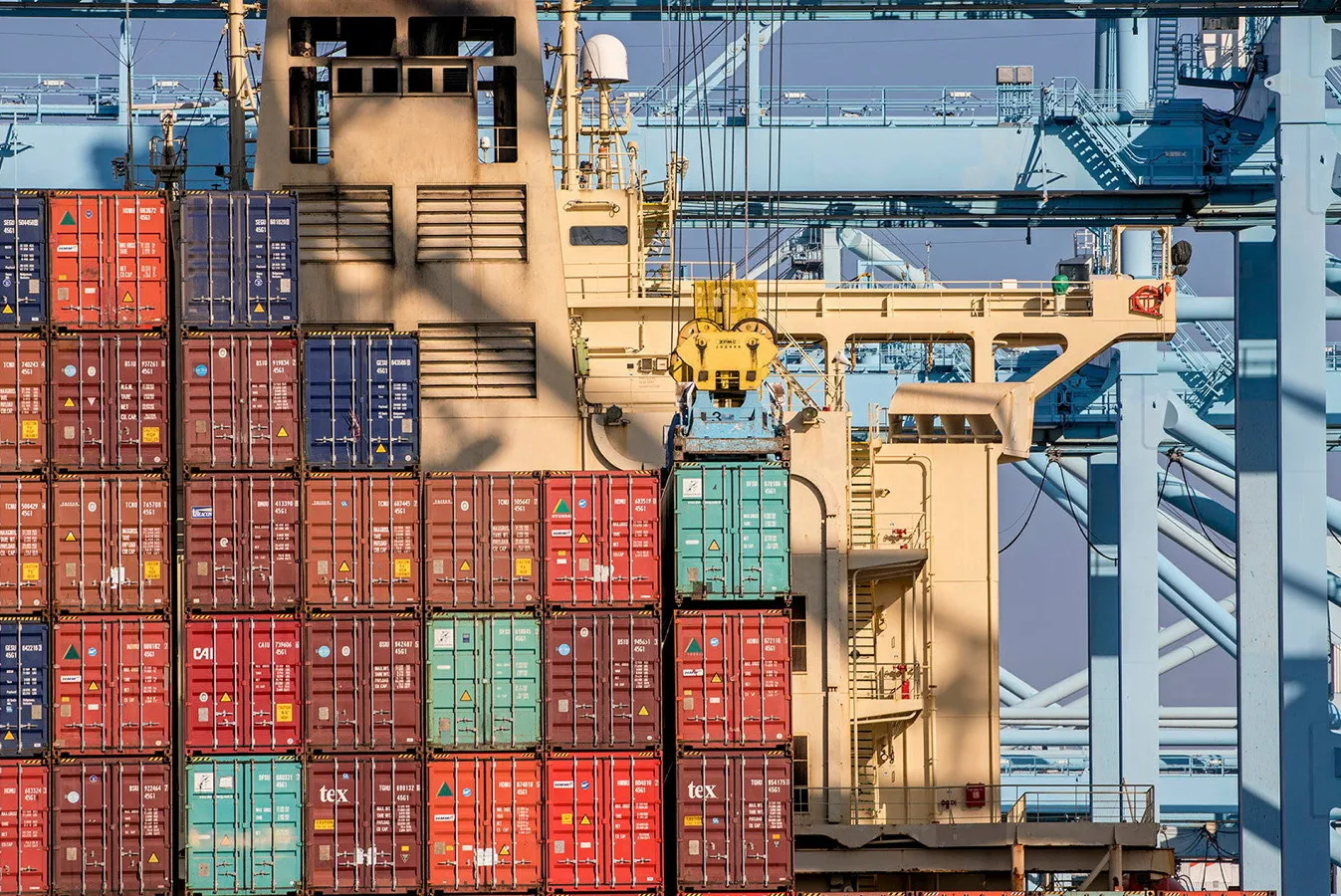
US Draft: Intrafish
“The strikes are going to cause havoc,” a seafood industry executive tells IntraFish.

Jonathan Boonzaier and John Evans : Intrafish
Strike action at US East Coast and Gulf ports began Tuesday after the failure of a lastditch attempt by the United States Maritime Alliance (USMX) to avert industrial action by offering a 50 percent wage increase, IntraFish sister publication TradeWinds reported.
Members of the International Longshoremen’s Association (ILA) downed tools at midnight EST on Tuesday morning as their contract with USMX expired. The walkout affects ports from Maine to Texas, which account for between 43 percent and 49 percent of all US imports.
Jim Gulkin, group managing director at Siam Canadian, a major shrimp trader, said the seafood industry had few options in the way of contingency plans. “The strikes are going to cause havoc,” Gulkin told IntraFish.
He said some of his company’s shipments were being diverted to the US West Coast where possible, while others were delayed.
“Otherwise, [we are] battening down the hatches,” he said.
The main ports affected are Boston, New York/New Jersey, Philadelphia, Wilmington,
Baltimore, Norfolk, Charleston, Savannah, Jacksonville, Miami, Tampa, New Orleans, Mobile and Houston.
Other US seafood processors said it was too early to say what the specific impacts would be for East Coast seafood companies.
Tom Zaffiro, president of Massachusetts-based pollock and salmon processor Channel Fish, told IntraFish his company would not likely see supply disruption unless there is a substantial no work period of over eight weeks.
The ILA is the largest maritime union in North America. This is its first strike action since 1977.
The Conference Board, a US think tank, said on Monday that a one-week strike would cost the US economy $3.78 billion (€3.40 billion), or about $540.0 million (€486.8 million) per day, as vehicle and container terminals at 36 ports shut down.
The ILA had been pushing for higher wages and to prevent what it considers “job-killing” automation.
Late on Monday evening, USMX said it had submitted a new offer that it claimed would increase wages by nearly 50 percent over six years, triple employer contributions to employee retirement plans, strengthen health care options and “retain the current language around automation and semi-automation.”
However, no agreement was reached with the ILA when the clock struck midnight.
Picket lines forming
TradeWinds was unable to obtain official notification of the situation shortly after midnight as the USMX website appeared to have temporarily crashed, while the last update from the ILA’s social media platforms was a letter from the Teamsters union stating that it supported the ILA’s actions, posted an hour before midnight.
However, social media platforms used by port workers quickly began showing posts in which picket lines were being formed as ports shut down and billions of dollars in trade came to an abrupt halt.
New York Governor Kathy Hochul said in a statement issued shortly after midnight that “the first large-scale eastern dockworker strike in 47 years began at ports from Maine to Texas, including at the Port Authority of New York and New Jersey.”
Hochul said that, in preparation for the strike, New York had been working around the clock to ensure that grocery stores and medical facilities had the essential products they needed.
“It’s critical for USMX and the ILA to reach a fair agreement soon that respects workers and ensures a flow of commerce through our ports. In the meantime, we will continue our efforts to minimise disruption for New Yorkers,” Hochul said.
“To our longshoremen and port workers: We support your right to fair treatment and working conditions.
“To my fellow New Yorkers: We are prepared to keep the Empire State running,” she said on X.
Citing analyst predictions, TradeWinds reported just hours before the strike that it could cost the US economy between $300 million (€270.5 million) and $5 billion (€4.5 billion) per day.



